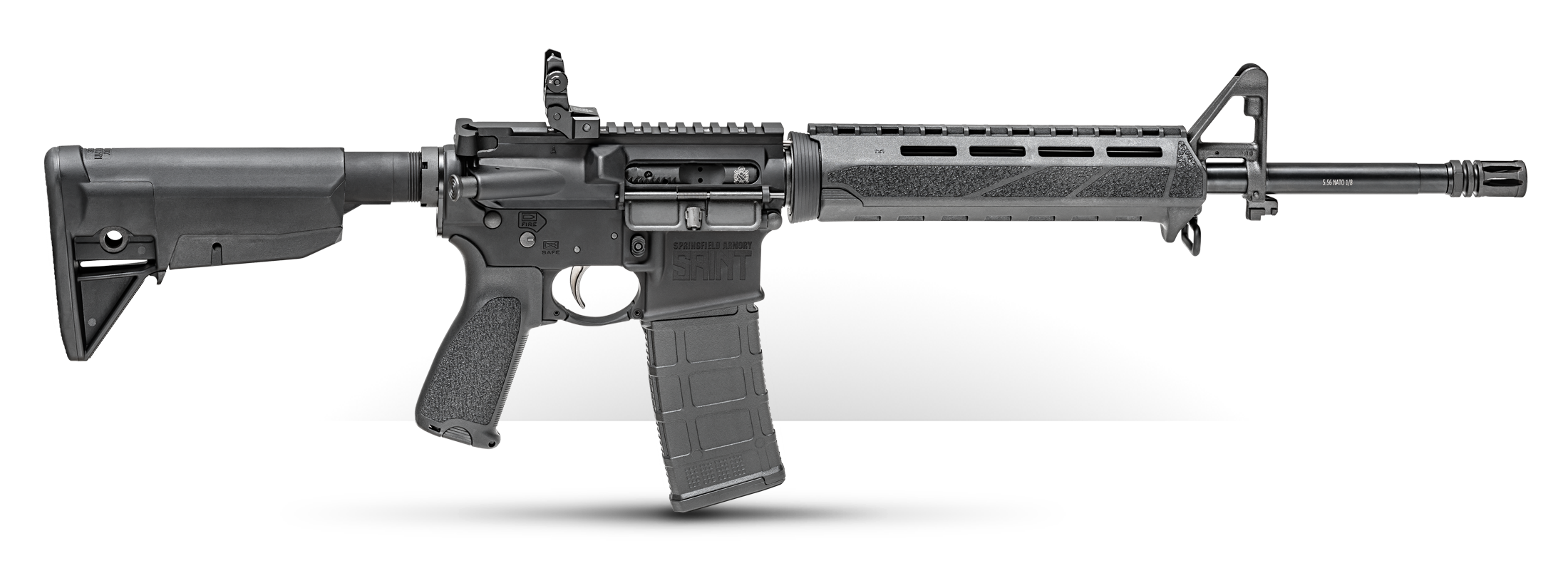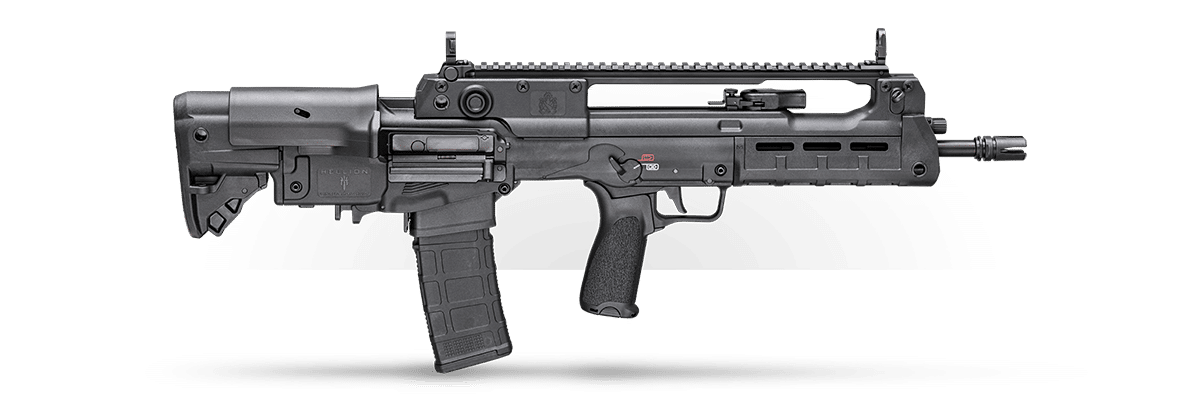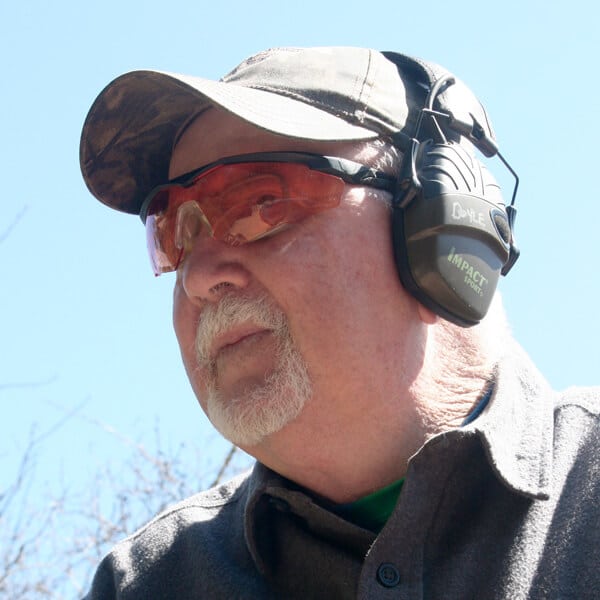Firearms Education: What Is a Long Gun?
October 29th, 2022
6 minute read
Like many other sporting pursuits, shooting has a language all its own. Terms and phrases which have one connotation in everyday conversation, take on a very different meaning within a particular discipline. In baseball, wrestling and tennis words like walk, pin and love describe what is going on in that particular contest and folks new to the game, will be initially confused but probably figure it out in very short order.
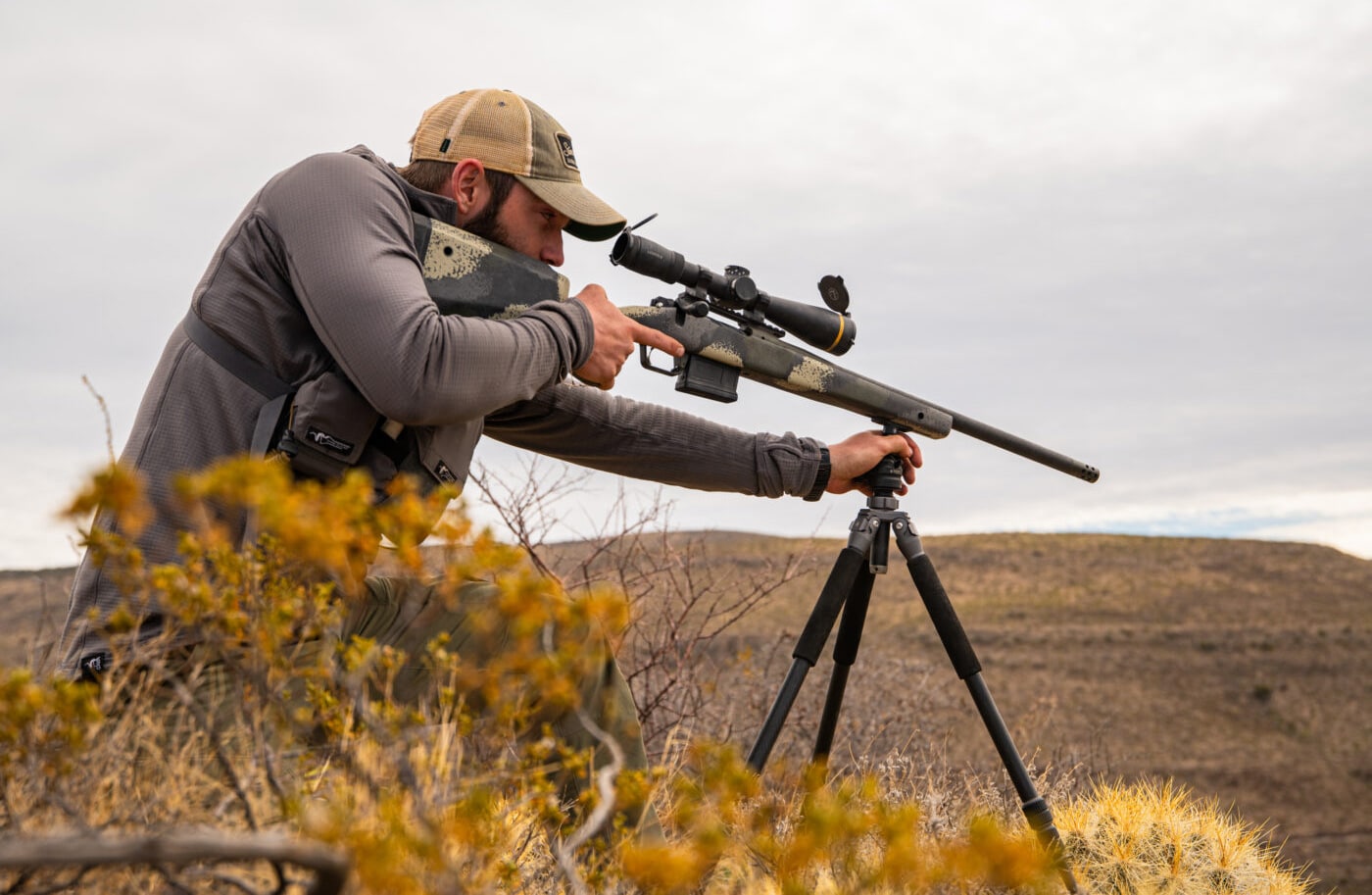
Shooting too, has its own language which folks initially starting out might find confusing. Terms such as zero, follow through and pattern might be a little bewildering to the novice, but with a little explanation, it all will begin to make sense.
In this discussion, we will describe what a long gun (or “shoulder weapon”) is. If you have already surmised that a long gun is a firearm designed to be fired from the shoulder, go to the head of the class. Of late, the waters have become a little bit murky, but we will cast a little light on that confusion and hopefully put you on the right path.
The most common types of long guns are rifles and shotguns. Submachine guns also fall into this category, but unless you’re a soldier or SWAT cop, it’s unlikely they will fit into your gameplan. On the opposite end of the scale we have handguns, which include pistols and revolvers.
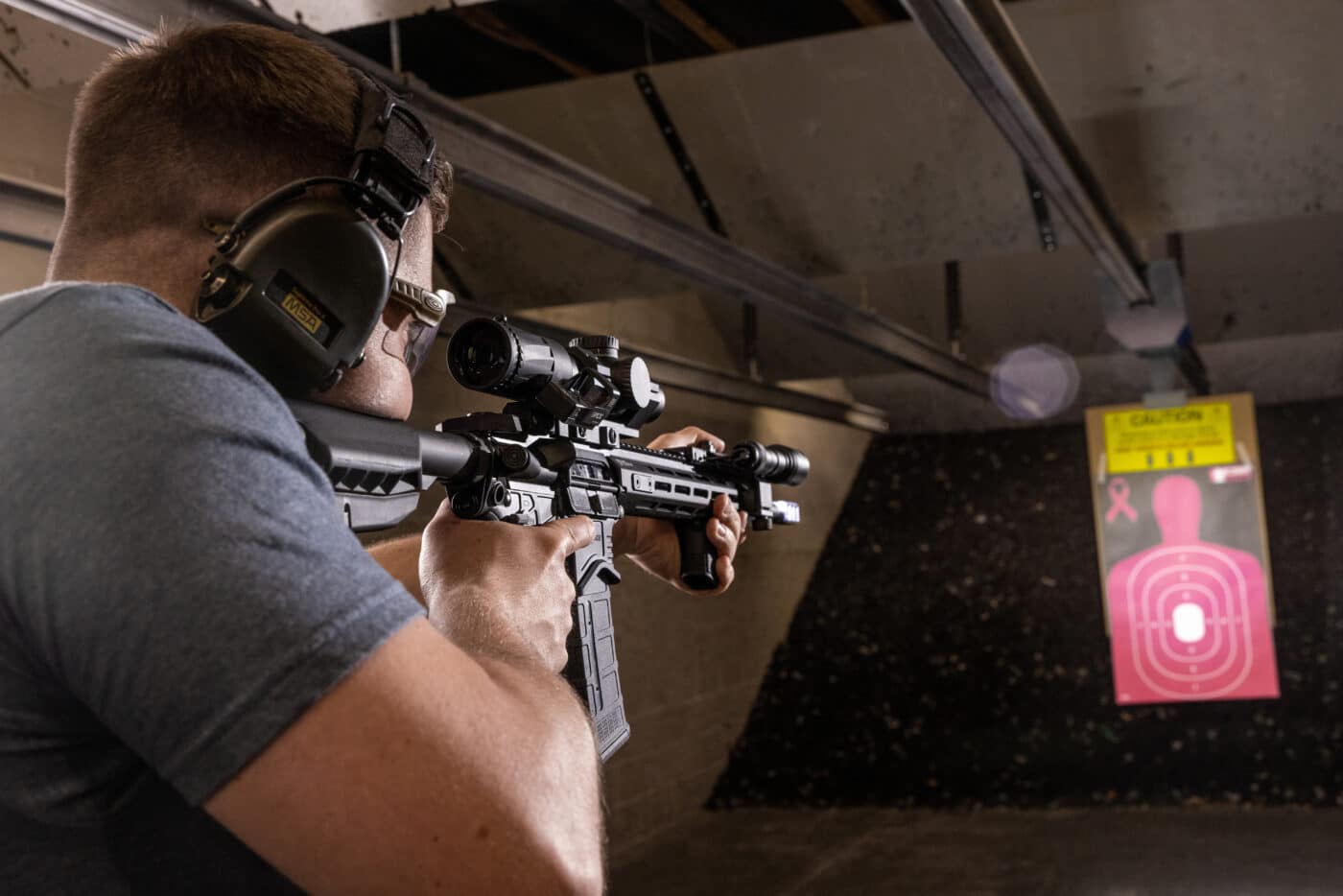
Both handguns and long guns fill multiple roles. Handguns are highly portable and can be carried openly or also discreetly hidden on your person. Handguns can be used for formal target shooting, plinking, hunting or personal defense.
Rifles and shotguns can also be used for many of those same activities but they are hardly discreet or convenient. But long guns are available in cartridges far more powerful than any handgun and also have the ability to hit targets far off in the distance.
The Long Gun Advantage
Like many folks, I cut my shooting teeth with a single-shot .22 caliber rifle. Recoil and muzzle blast were non-existent, and it was far easier to absorb the basics such as shooting positions, hold, sight alignment and trigger press.
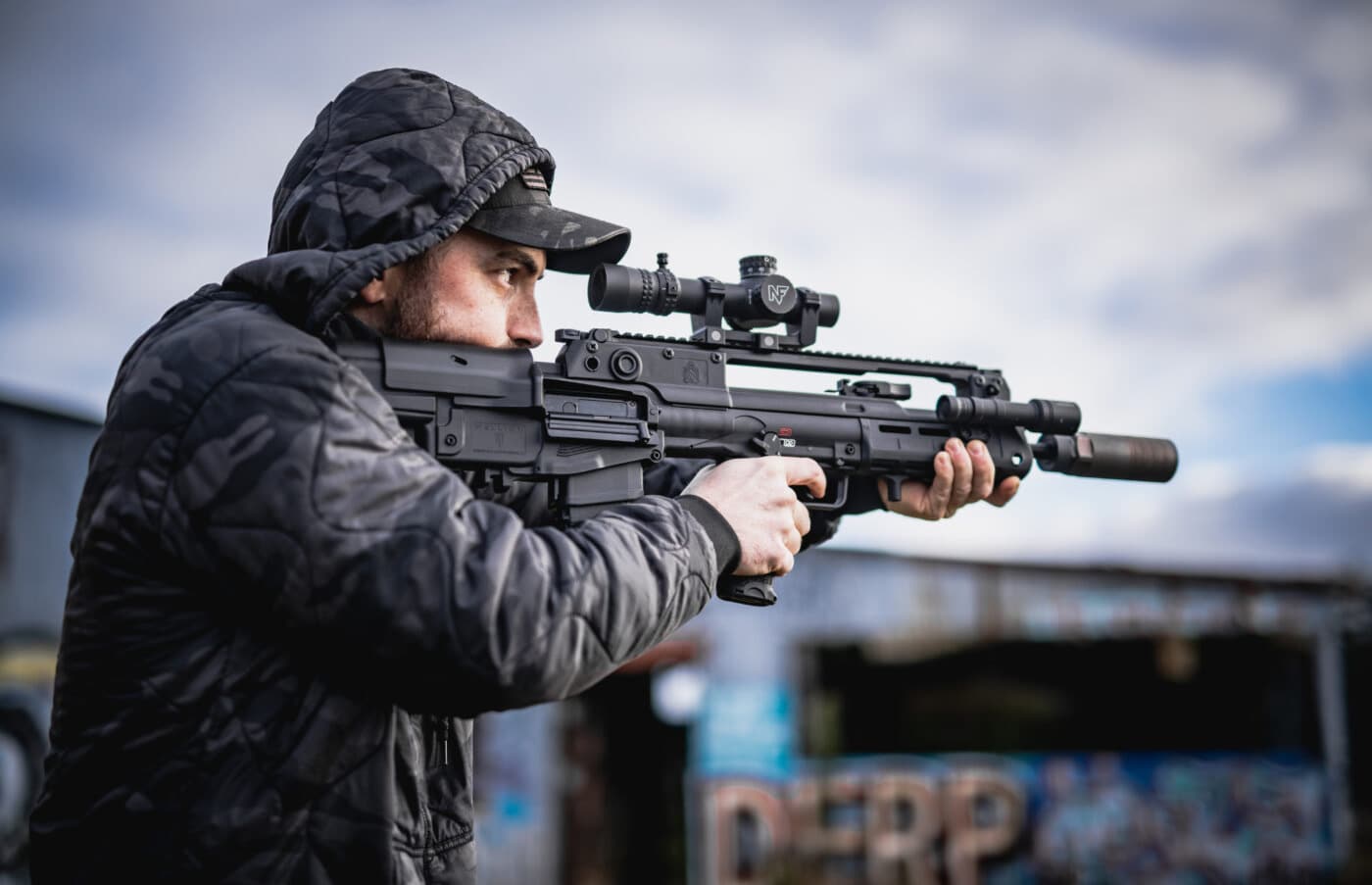
For me, shotguns, handguns and more powerful rifles were a few years down the road. When I did then graduate on to handgun shooting, I quickly learned that hitting my intended target was far more challenging than with my rifle.
With a handgun, we have one or both hands wrapped around the grip and we’re dealing with a fairly short sighting plane. When shooting a shotgun or rifle from the shoulder, the user is afforded a four-point index and also has the benefit of a much longer sighting plane to better align the sights.
The four-point index refers to the buttstock in the shoulder pocket, cheek in contact with the comb of the stock, the dominant hand around the pistol grip and support hand on the fore-end. This better stabilizes the gun and makes for a consistent hold. When combined with the longer sighting plane, hit probability at any range is greater than with a handgun.
With a rifle such as the Springfield Armory M1A or new Waypoint bolt-action, successfully engaging targets several hundred yards away is well within the realm of possibility. A bullpup like the Hellion, while much shorter than a traditional long gun, also offers this advantage. Although shotguns are best used at short to intermediate range, I can nail man-size targets a football field away with rifled slugs, providing I have a good set of sights. For me, that would be a pretty tough nut to crack with my old service pistol.
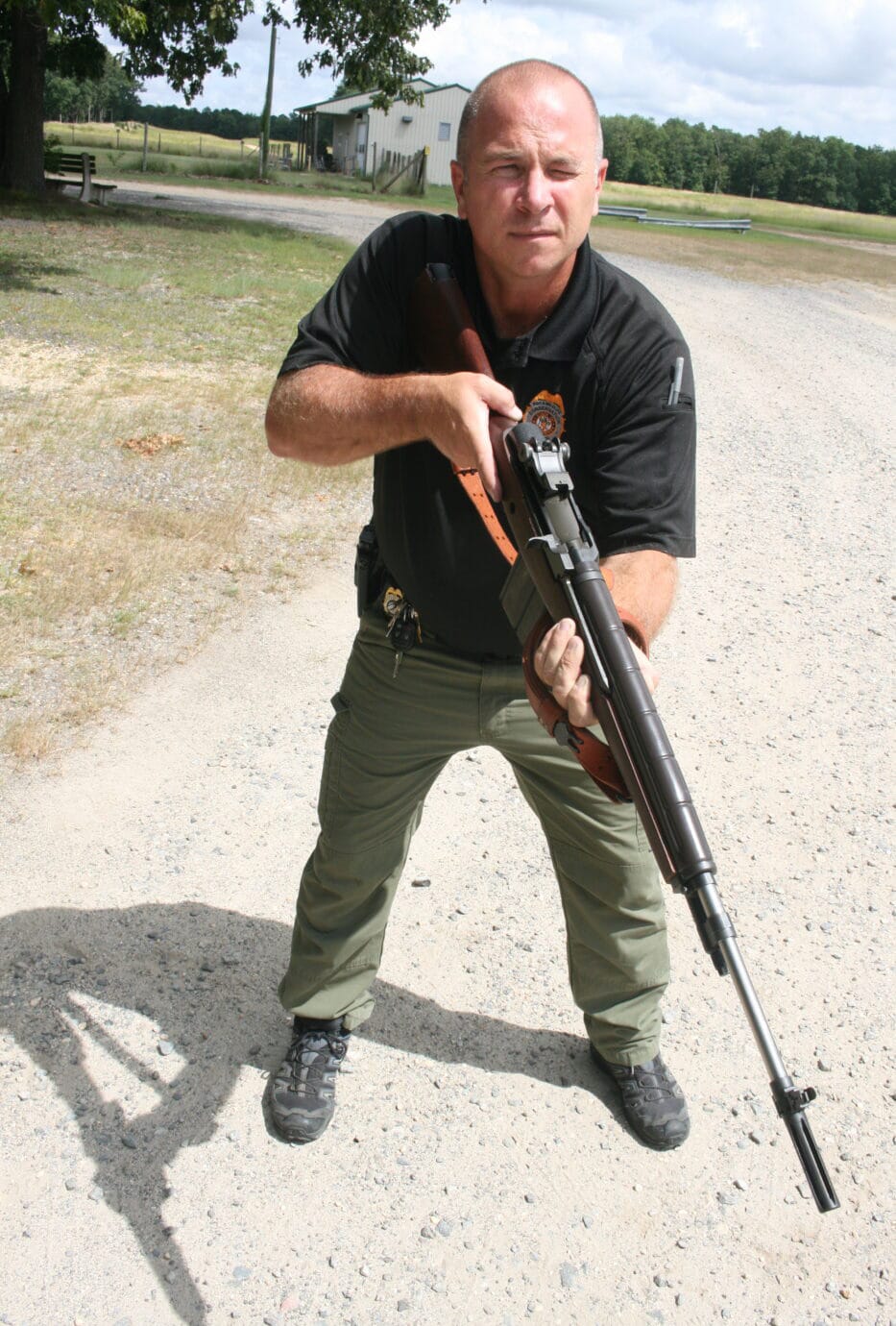
Rifles are available in cartridges from the .17 caliber rimfires all the way up to offerings that offer massive amounts of muzzle energy capable of putting down the largest game animals. While there are indeed some very powerful handgun cartridges, they are nowhere near as powerful as many of the rifle rounds commonly used for hunting. In the power sweepstakes, the rifle holds a serious edge.
Stocks Matter
The stock of the long gun contains the action as well as the barrel. Stocks can be made of wood or of a number of synthetic materials. Bolt-action rifles such as the Springfield Armory Waypoint feature a one-piece stock while classic lever actions, shotguns and AR-15 pattern rifles have a two-piece arrangement consisting of a buttstock and fore-end.
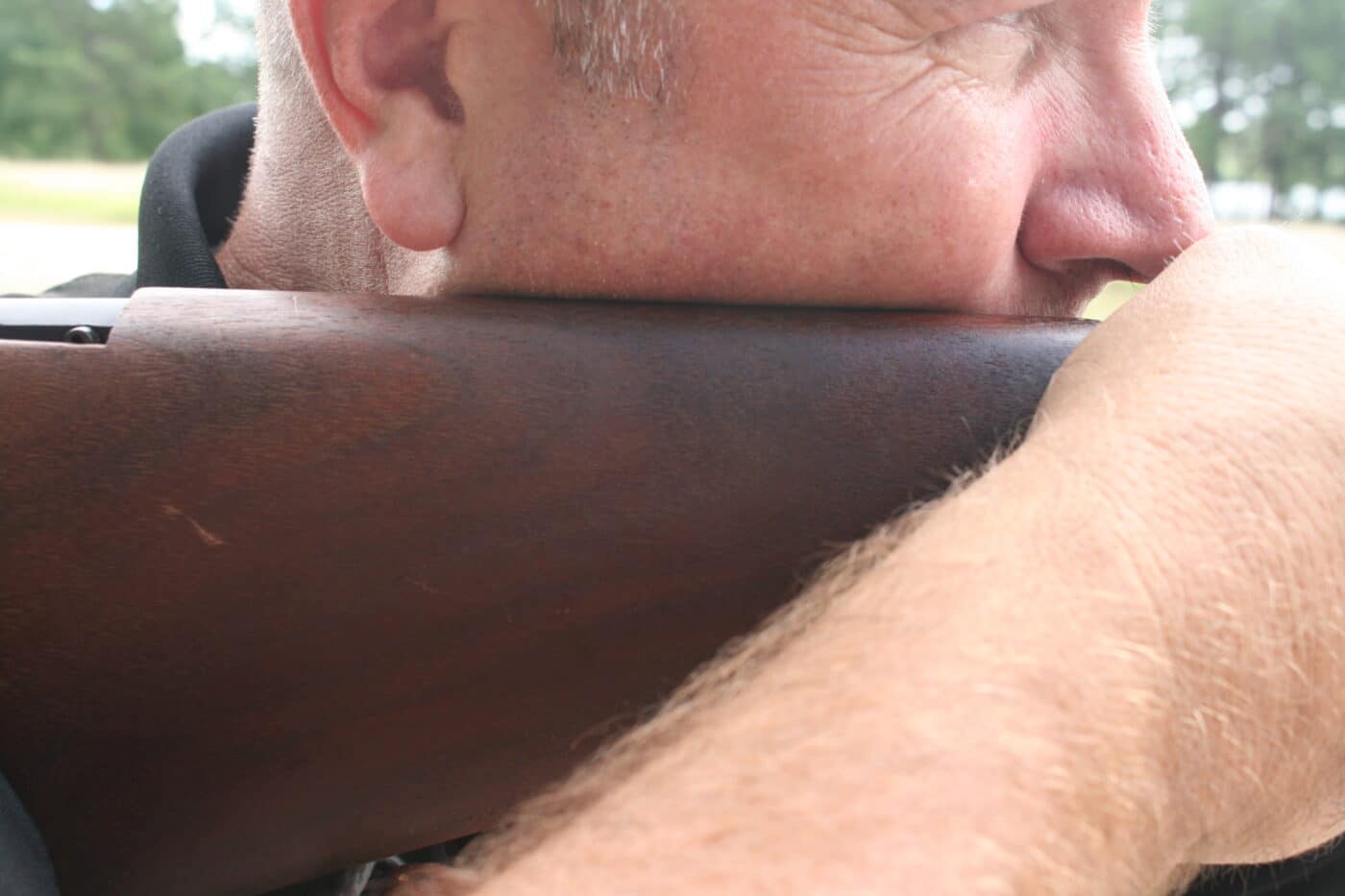
Having been in the firearms training game for a good many years, I am of the feeling that we need to pay a lot more attention to stock fit. Time after time I have seen shooters saddled with a stock that is far too long for them, and as a result performance suffers. If the stock does not fit correctly, recoil can be absolutely brutal and can cause injury. When you are getting beaten from pillar to post, it’s pretty tough to keep focused on the business at hand.
The solution is really quite simple. Get a stock that fits! Length of pull refers to the distance from where your finger contacts the trigger to the rear of the buttstock. Most off-the-shelf long guns feature a length of pull of somewhere between 13.5” and 14”. In my experience, this is too long for anybody other than a good-sized adult male.
But here’s the good news. Many rifles, such as the Springfield Armory SAINT series, have stocks where the length of pull can be adjusted to fit your body type or better adapt to the position from which you are shooting. Others have spacers in the buttstock that can be added or removed to better fit the individual. I find stock fit with the shotgun to be especially important. Without question, a shotgun generates a great deal of recoil, but it can be easily managed with the right stock fit. In my agency, a shotgun is issued to each officer, and smaller stature individuals are given one with a reduced length of pull stock.
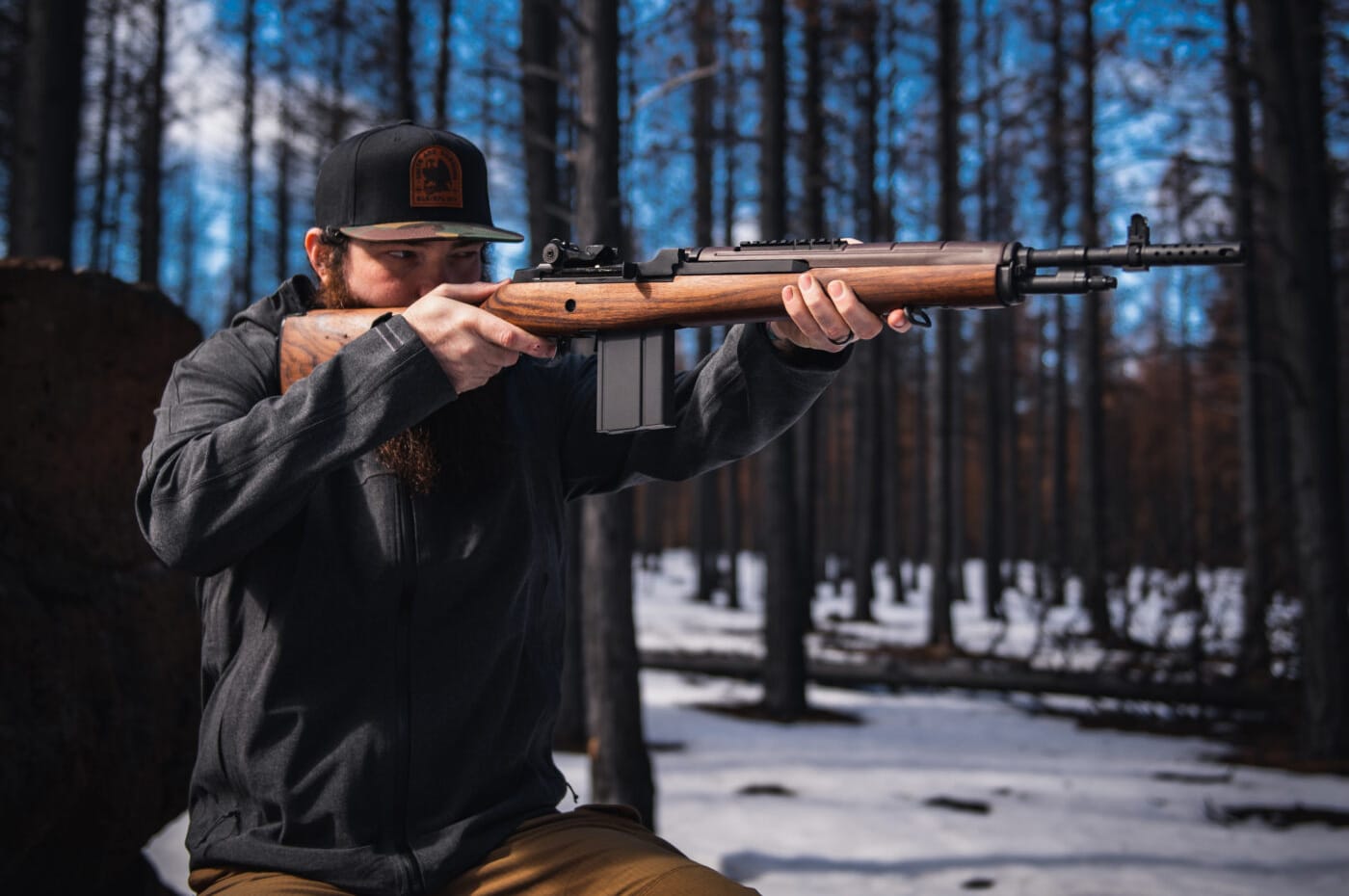
Many long guns utilize a rubber pad affixed to the buttstock to mitigate the effects of recoil. Recoil pads do in fact work and come highly recommended for shotguns and many rifles. Light-kicking rifles such as rimfires and 5.56mm rifles really don’t require a recoil pad, but it’s certainly a nice touch on that centerfire rifle you might utilize for deer hunting.
Final Thoughts on Long Guns
Both shotguns and rifles continue to fill multiple roles. For shooters breaking into the game, nothing beats a .22-caliber rimfire rifle like the Springfield Model 2020 Rimfire for getting a handle on those fundamentals. Many moderately priced packages are available and novice shooters will not be intimidated by recoil or muzzle blast. With a little bit of practice, that transition to a centerfire rifle suitable for sport or personal defense will not be especially dramatic.
[Editor’s Note: Be sure to read Jeremy Tremp’s Springfield 2020 Rimfire review for a look at one of the best .22 Long Rifle guns on the market today.]
Whether your needs run from busting clay birds, plinking, hunting big game or everything in between, there is an ideal long gun out there for you.
Editor’s Note: Please be sure to check out The Armory Life Forum, where you can comment about our daily articles, as well as just talk guns and gear. Click the “Go To Forum Thread” link below to jump in and discuss this article and much more!
Join the Discussion
Featured in this article
Continue Reading
Did you enjoy this article?

 59
59




